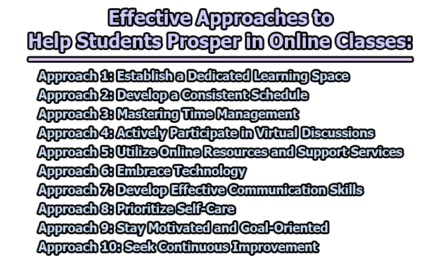Seven Steps to Social Change:
Social change refers to the process of transforming societal attitudes, behaviors, and institutions in a positive and impactful way. While social change can be challenging and complex, there are seven essential steps that can guide individuals and groups in making a lasting impact. Here are the seven steps to social change, with a focus on the points of knowledge, desire, skills, facilitation, optimism, stimulation, and reinforcement:
Step-1: Knowledge: The first step towards social change is to gain knowledge about the issue you want to address. This involves researching the issue, learning about its causes and effects, and understanding how it impacts individuals and communities. Without a thorough understanding of the issue, it is difficult to take effective action.
Example: Let’s say you want to create social change around the issue of homelessness in your community. The first step would be to research the issue, including the factors that contribute to homelessness, the demographics of the homeless population, and the impact of homelessness on individuals and the community.
Step-2: Desire: Once you have gained knowledge about the issue, you must develop a strong desire to address it. This involves cultivating a sense of empathy for those affected by the issue and a commitment to making a difference. Without a strong desire to create change, it is difficult to sustain the effort required to make a meaningful impact.
Example: After researching the issue of homelessness, you may feel a sense of empathy for those who are homeless and a strong desire to make a difference in their lives. This desire may be fueled by personal experiences, such as knowing someone who has experienced homelessness, or a belief in the importance of creating a more just and equitable society.
Step-3: Skills: To create social change, you must also develop the skills necessary to address the issue. This may involve learning new skills, such as advocacy, fundraising, or community organizing, or building on existing skills, such as leadership or communication. Having the necessary skills is essential for making progress towards your goals.
Example: To create social change around the issue of homelessness, you may need to develop skills in fundraising, advocacy, and community organizing. This may involve learning how to write grant proposals, organizing a community event to raise awareness about the issue, or working with local government officials to advocate for policy changes that address the root causes of homelessness.
Step-4: Facilitation: Creating social change often requires the involvement of multiple individuals or groups. Effective facilitation skills are essential for bringing together people with diverse perspectives and interests, and creating a collaborative and inclusive environment for decision-making and action.
Example: To create social change around the issue of homelessness, you may need to work with community organizations, government officials, and individuals who have experienced homelessness. Effective facilitation skills may involve creating a space where all stakeholders can share their perspectives and ideas, setting clear goals and objectives for the group, and building consensus around a shared vision for change.
Step-5: Optimism: Social change can be a difficult and challenging process, and it is important to maintain a sense of optimism and hope in the face of obstacles and setbacks. Believing in the possibility of change and the potential for positive outcomes can help sustain motivation and momentum.
Example: Creating social change around the issue of homelessness may involve facing significant challenges, such as resistance from government officials or a lack of funding for programs and services. Maintaining optimism and hope may involve celebrating small successes along the way, such as securing a small grant or building a coalition of supporters who share your vision for change.
Step-6: Stimulation: To create social change, it is important to stimulate interest and engagement among others. This may involve creating awareness about the issue, mobilizing support from individuals and organizations, or generating excitement and enthusiasm around the potential for change. Effective communication and outreach strategies are essential for stimulating interest and engagement.
Example: To create social change around the issue of homelessness, you may need to create awareness about the issue through social media campaigns, community events, and media outreach. Mobilizing support may involve building a coalition of community organizations and individuals who share your vision for change, and generating excitement may involve creating a community art project or organizing a fundraising concert.
Step-7: Reinforcement: The final step in creating social change is reinforcement, which involves ensuring that progress is sustained over time. This may involve establishing systems for accountability and evaluation, building capacity within the community to continue the work, or creating a sustainable funding model for programs and services.
Example: To ensure that social change around the issue of homelessness is sustained over time, you may need to establish systems for accountability and evaluation, such as tracking outcomes and measuring progress toward goals. Building capacity within the community may involve training and supporting individuals and organizations to continue the work, and creating a sustainable funding model may involve identifying multiple sources of funding, such as government grants, private donations, and corporate sponsorships.
In conclusion, creating social change is a challenging but essential process that requires a thoughtful and strategic approach. By following the seven steps of knowledge, desire, skills, facilitation, optimism, stimulation, and reinforcement, individuals and communities can work towards creating lasting and meaningful change on the issues that matter most to them. It’s important to remember that creating social change is a complex and iterative process that requires patience, perseverance, and collaboration. However, with dedication and a commitment to making a difference, we can create a more just and equitable world for all.
References:
- Robinson, L. (1998). The Seven Doors Social Marketing Approach.

Former Student at Rajshahi University










